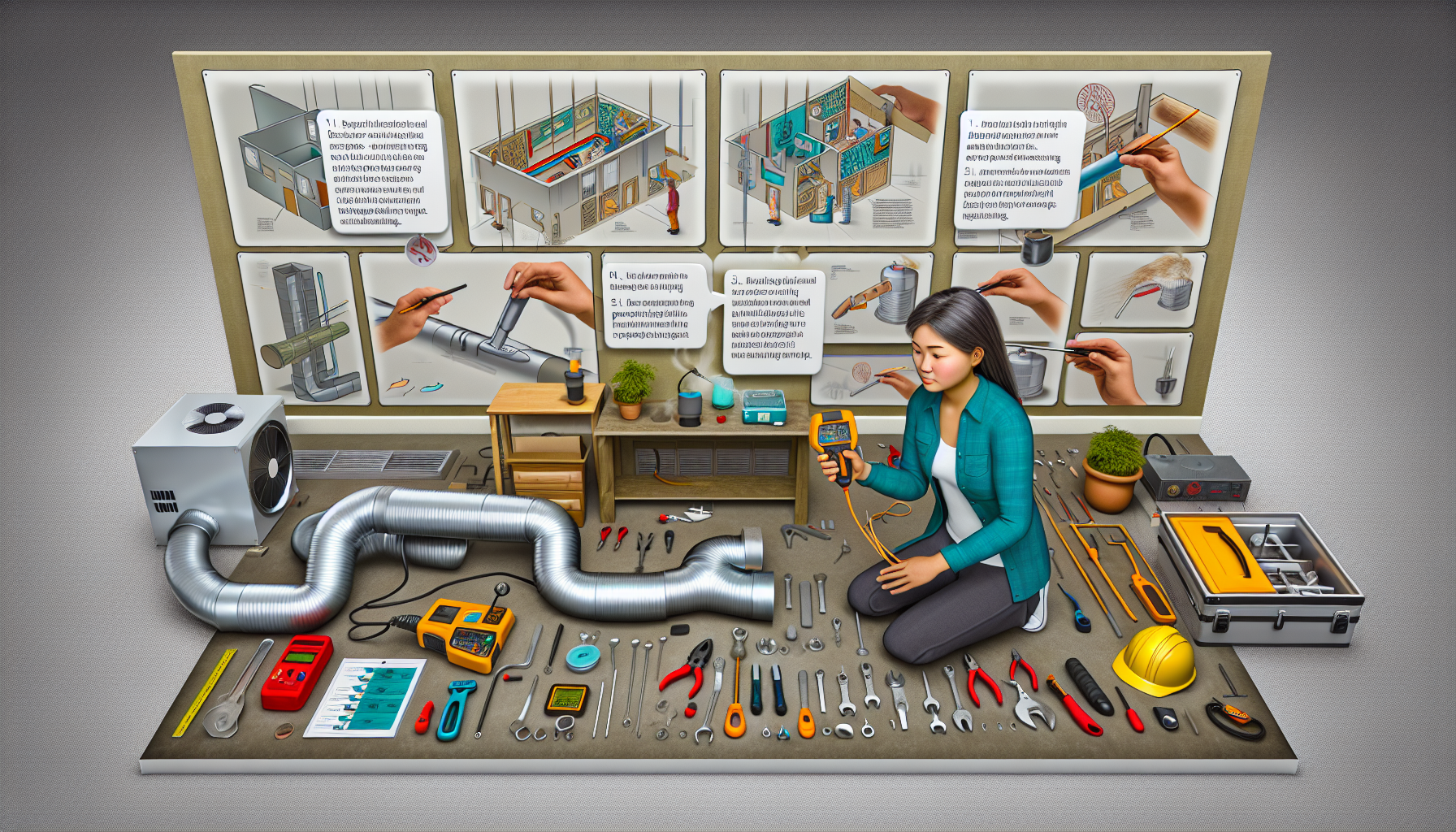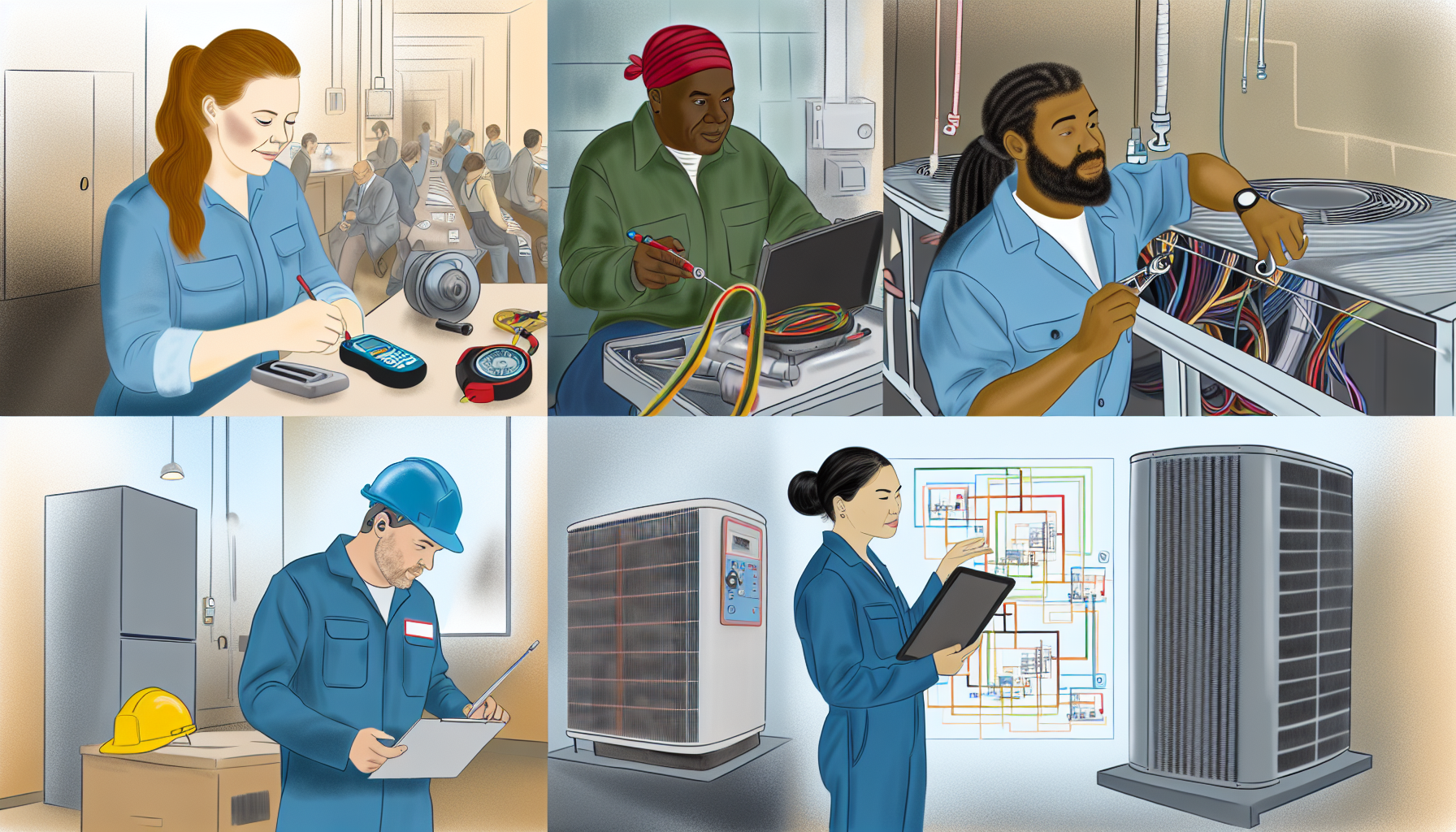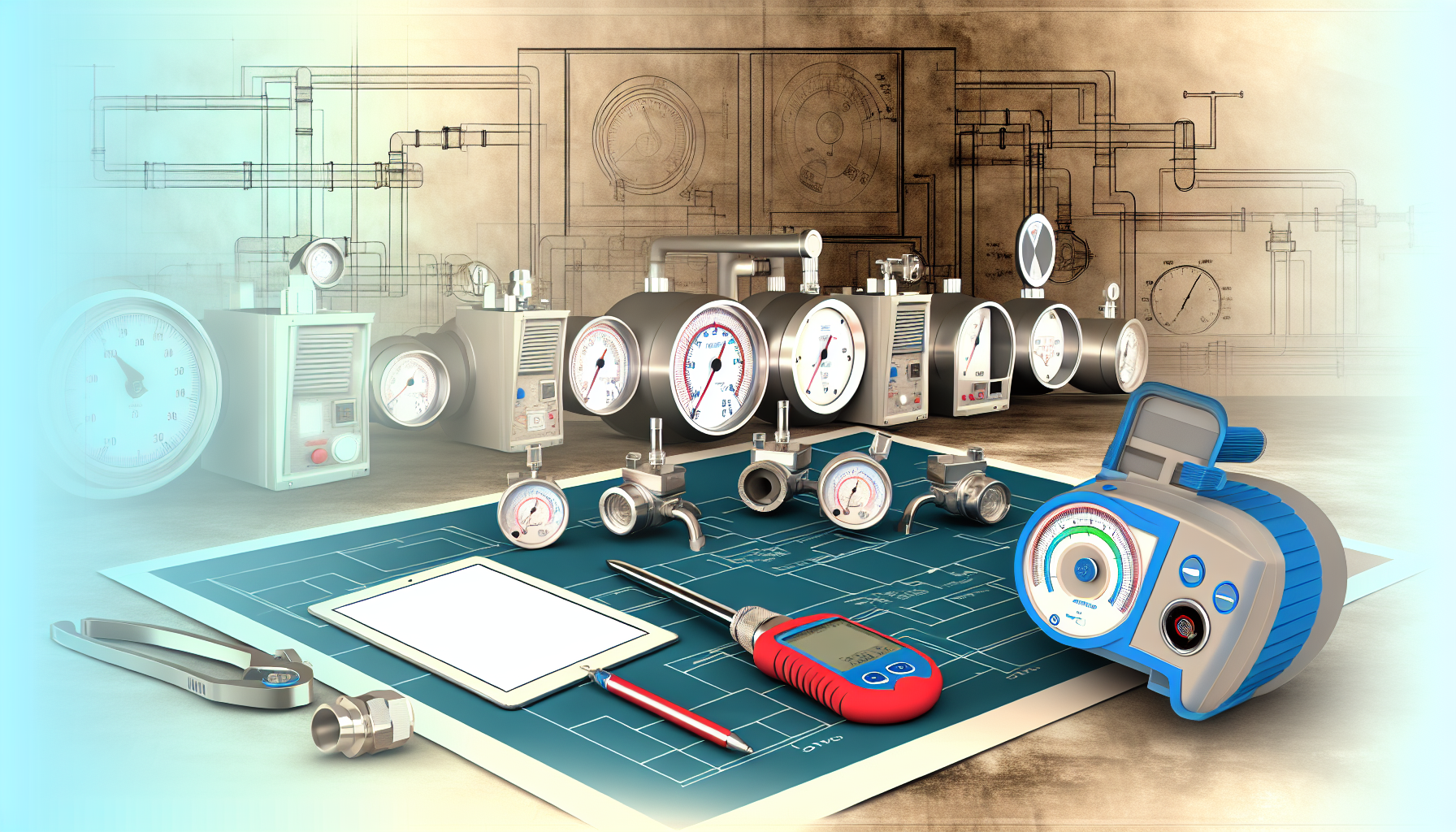The Power of Precision: How Accurate Measurement Tools Transform HVAC System Efficiency
In the realm of Heating, Ventilation, and Air Conditioning (HVAC) operations, efficiency is king. The precise control of environmental conditions not only affects the comfort of inhabitants but directly correlates with energy usage and operational costs. Technicians are tasked with optimizing HVAC systems, and the cornerstone of this optimization lies in the mastery of performance through accurate measurement and testing.
Understanding HVAC Measurement and Testing Tools
Advanced climate control technology and the integration of smart systems have made accurate diagnostics and maintenance more imperative than ever before. The array of tools available to HVAC professionals serve as the linchpin for both troubleshooting and regular maintenance. Let’s delve into the essential tools that are necessary for mastering HVAC accuracy.
- Refrigerant Gauges: Vital for monitoring pressure within the HVAC system to ensure it operates at peak efficiency.
- Temperature Clamps and Probes: These allow technicians to obtain precise temperature readings from various system components.
- Anemometers: These tools are used to measure air velocity and are essential for balancing air distribution and verifying system airflow.
- Thermal Imaging Cameras: Useful in identifying insulation issues, leaks, and other potential efficiency losses throughout the HVAC system.
- HVAC Manifolds: These facilitate the measurement of pressure and temperature simultaneously, providing a comprehensive view of system health.
- Leak Detectors: Whether for refrigerant or gases, leak detection is critical in preventing efficiency loss and maintaining system integrity.
- Carbon Monoxide Analyzers: Safety first—these tools confirm that combustion-based systems are operating safely and efficiently without leaking hazardous gases.
- Psychrometers: These measure relative humidity, a key factor in achieving comfortable and efficient indoor climates.
Elevating HVAC Efficiency With Precision Tools
Armed with the right measurement tools, HVAC professionals can uncover inefficiencies that may have gone unnoticed, such as refrigerant leaks, underperforming components, or systemic imbalances. Here is how precision tools play a role in elevating HVAC efficiency:
- Preventive Maintenance: Regular use of HVAC diagnostics tools ensures systems remain within manufacturer recommended operating ranges and helps catch developing problems before they result in inefficiency or failure.
- Energy Savings: Accurate measurement informs decisions on system adjustments, which can lead to significant energy savings. When a system is finely tuned, it reduces the energy consumption needed to maintain optimal conditions.
- Improved Air Quality: Tools like carbon monoxide analyzers and psychrometers help maintain air quality and comfort, directly impacting occupant health and satisfaction.
- Enhanced Lifespan of Equipment: When a system operates within its design specifications, it experiences less wear and tear, often resulting in a longer lifespan for the HVAC equipment.
- Client Trust and Retention: Drawing from accurate data enables technicians to provide insightful feedback and reliable service, fostering trust with clients and leading to repeat business.
Temperature, Pressure, and Beyond: The Impact on HVAC System Performance
Why does temperature and pressure measurement matter so much? The core function of an HVAC system is to transfer heat and maintain pressure balance to provide comfort and controlled conditions. Precise control and measurement of these two factors can be the difference between an underperforming, wasteful operation and an award-winning, efficient service.
Fine-Tuning Comfort: Measurement and Testing in Action
Consider a typical residential HVAC challenge: a homeowner reports that one room is consistently warmer than the rest of the house. By employing anemometers and thermal imaging cameras, a technician can pinpoint airflow imbalances and insulation flaws. Then, with refrigerant gauges and HVAC manifolds, they can further diagnose if the system is sufficiently charged and balanced. Such a systematic approach ensures the root cause is identified and rectified, increasing the system’s overall efficacy.
From Gauges to Analyzers: Building an HVAC Toolkit for Success
An HVAC professional’s toolkit should be carefully curated to match the demands of modern systems. In addition to the staple tools mentioned, advancements in technology have introduced smart and wireless tools that can sync with mobile devices. These innovations not only streamline the diagnostic process but also offer enhanced data logging and analysis capabilities.
HVAC Diagnostics: Ensuring Effective Measurements
Accurate measurements hinge on both the right gear and the expertise of the technician. Proper technique in handling tools, maintaining them in top condition, and staying updated on the latest in HVAC technology is essential for any professional committed to delivering quality service. Detailed records and analysis will aid in revealing patterns of system usage that can lead to further optimization.
Unlocking HVAC Potential: Emphasizing Measurement Accuracy
Ultimately, the essence of HVAC efficiency lies in the ability to accurately assess a system’s performance. Measurement accuracy directly influences system calibration, diagnostics, and energy consumption. Thus, the accuracy of measurements cannot be underestimated—it is the key to unlocking the full potential of HVAC systems, ensuring they run as intended, minimizing operational costs, and maximizing user comfort and safety.
FAQ Section
- What tools are necessary for HVAC measurement and testing?
The essential tools include refrigerant gauges, temperature clamps, anemometers, thermal imaging cameras, HVAC manifolds, leak detectors, carbon monoxide analyzers, and psychrometers.
- How do accurate measurement tools contribute to HVAC efficiency?
They help in the correct diagnosis of problems, enabling precision tuning of systems that results in energy savings, improved air quality, extended equipment lifespan, and customer satisfaction.
- Can modern technology improve HVAC measurement and testing?
Yes, advancements like smart tools and wireless connectivity enhance the capability for detailed data logging, analysis, and real-time monitoring, leading to better predictive maintenance and efficiency.
- Why is preventive maintenance important for HVAC systems?
Preventive maintenance ensures HVAC systems operate within optimal ranges, detecting issues early on to prevent inefficiency and potential failures.
- Do measurement and testing tools affect indoor air quality?
Yes, proper usage of these tools can help maintain and improve indoor air quality by ensuring systems are functioning correctly and efficiently.








